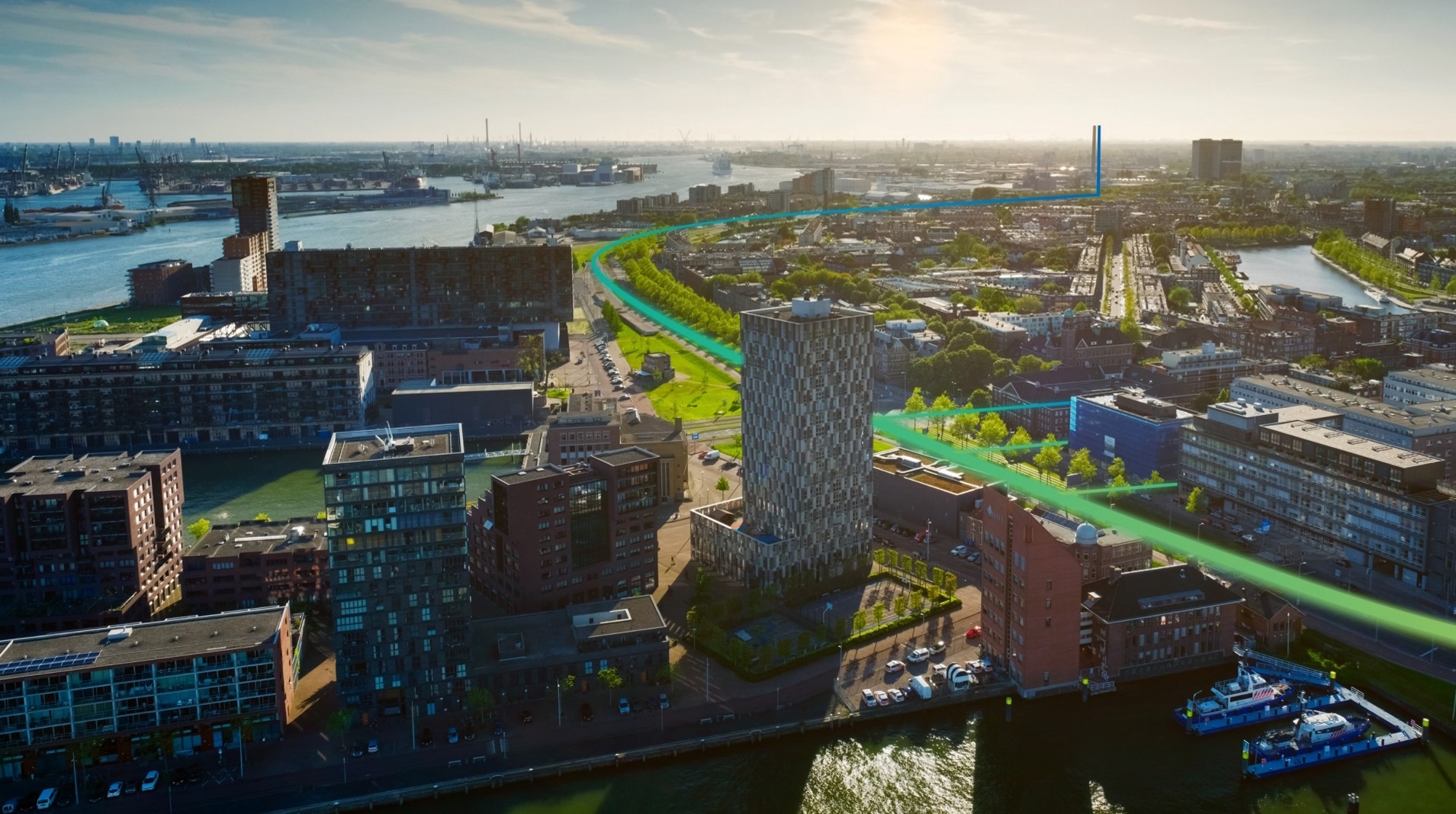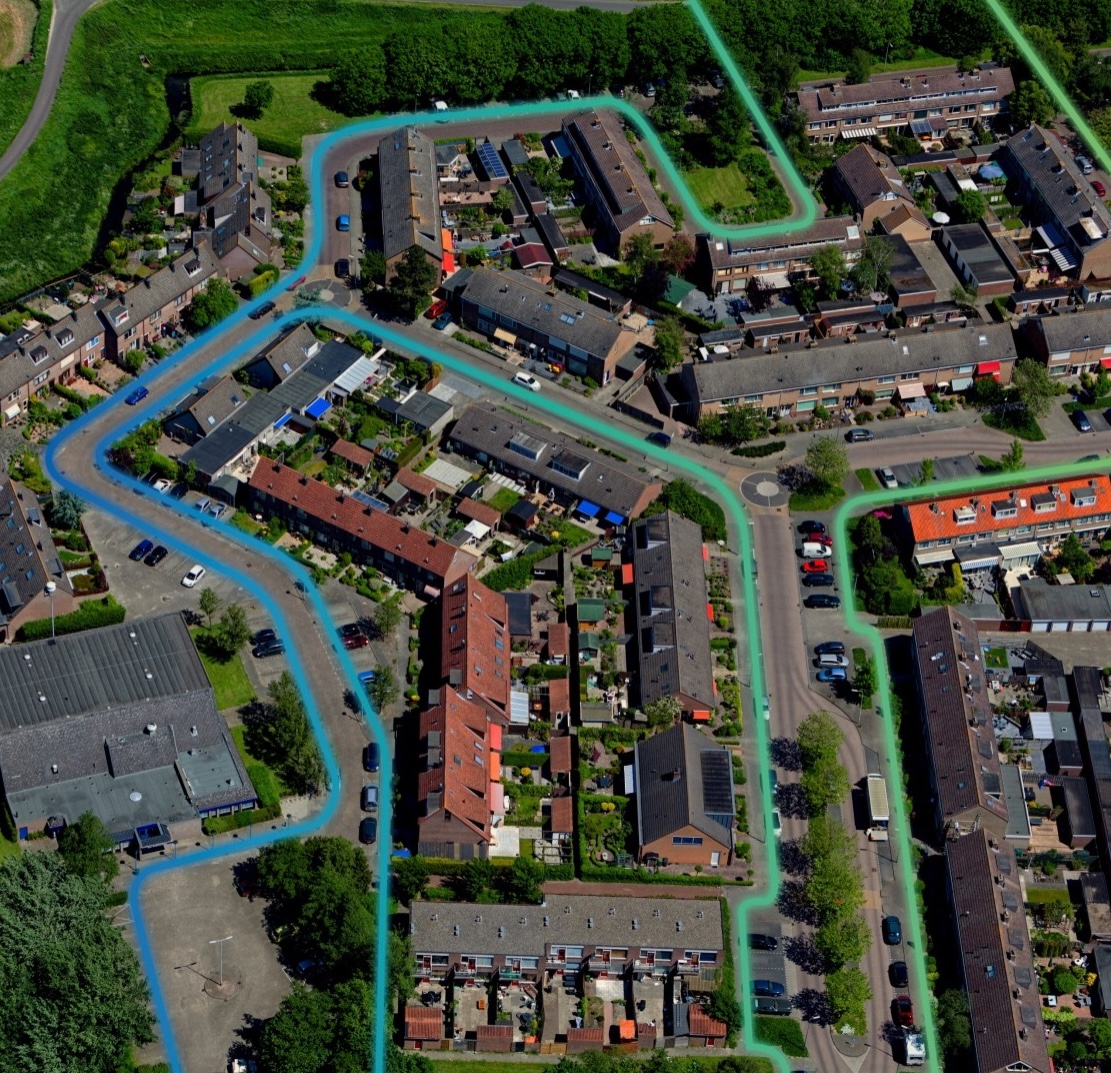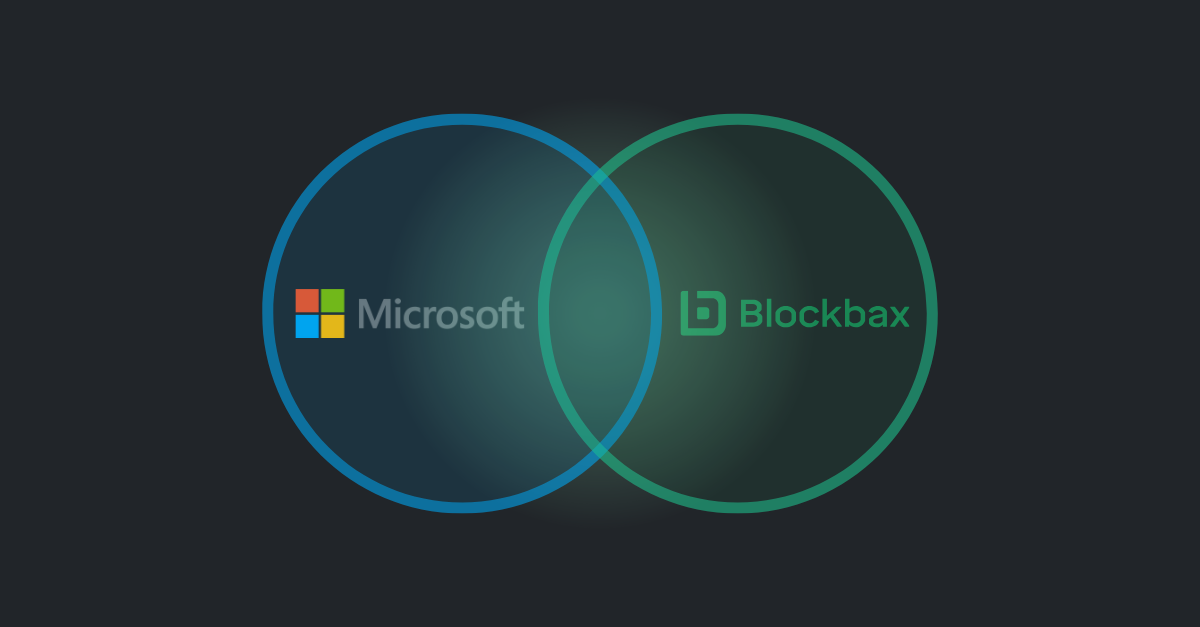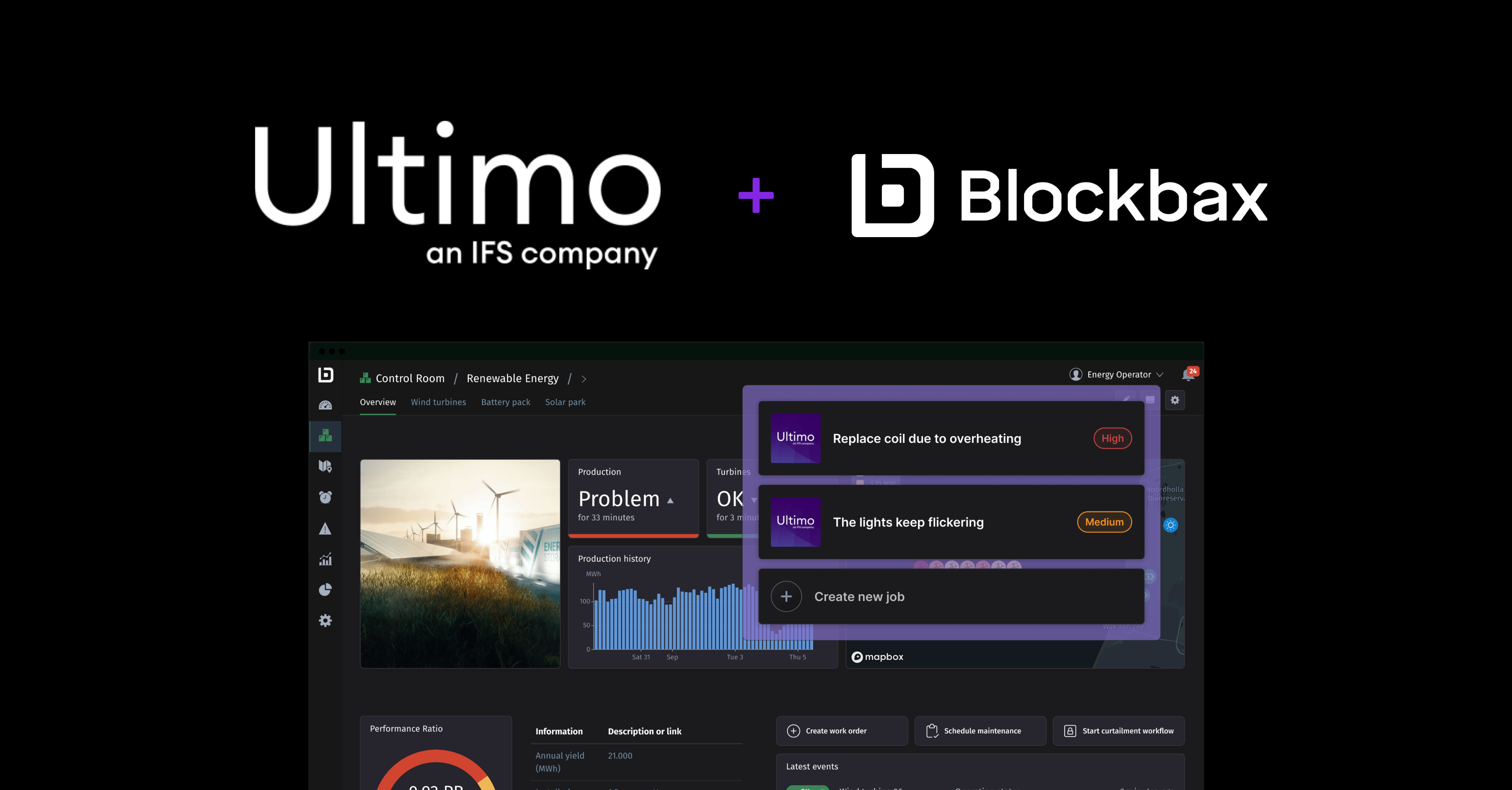October 29, 2025 · 6 min read
How Firan prepares for rapid growth to drive the energy transition with smarter heat networks
Profile
• Industry: Energy infrastructure (heat networks)
• Region: Netherlands
• Key focus: Operational reliability, proactive maintenance, open infrastructure, real-time network visibility, building data capabilities
Scaling heat networks to enable the energy transition
Firan is a Dutch infrastructure developer at the forefront of the energy transition. As part of the Alliander Group, Firan works with partners to design, develop, and operate open and innovative energy networks, including heat, biogas, hydrogen, and electricity systems. The mission is clear: to create sustainable, future-proof infrastructure that helps municipalities, businesses, and cooperatives accelerate toward a decentralized, carbon-neutral energy economy.
Firan is preparing for a phase of rapid growth in its district heating activities. A new Dutch heat law is designed to accelerate the rollout of collective heating systems while requiring providers to operate with stronger transparency and cost-based tariffs. This framework emphasizes not only scale but also affordability and public trust.
For Firan, expansion therefore means more than simply connecting new users: it is about growing responsibly, with reliability, openness, efficiency, and a cost-conscious approach at the core.
Building trust through reliable and transparent operations
In the Netherlands’ journey to a climate-neutral society, district heating stands as a key pillar. While it offers long-term environmental and operational benefits, building and connecting these systems requires significant investment from permitting and construction to integration with municipal plans.
Trust remains essential. For customers, joining a heat network is a decision based on confidence in its long-term performance. They want to be sure that their investment in connecting will pay off in reliable service and predictable costs over time. Firan works to ensure that heat is delivered without interruption, a commitment to the public that underpins the success of this sustainable model.
From siloed data to an open, connected infrastructure
A heat network consists of interdependent assets (heat sources, pumps, buffers, substations) all working together to deliver warmth whenever it’s needed. For that system to grow and remain reliable, visibility across all assets is critical.
Historically, much of the operational data sits in an Energy Management System (EMS), with limited real-time visibility and slower diagnostics. Identifying the root cause of a performance drop means following a manual, time-consuming process.
By implementing an open infrastructure approach with Blockbax as a central data platform, Firan connects multiple data sources, integrates them into daily workflows, and makes them accessible to teams across the organization, from field technicians and asset managers to planners, with plans to extend access to the customer service team in the future.
This setup supports faster diagnostics, trend analysis, and early detection of issues, enabling proactive maintenance and better operational planning.

Harold Maasen
Manager of Realisation, Operations and Asset Management
Firan
Partnering with Blockbax is a key step in strengthening our ability to operate heat networks with the highest standard of real-time data analysis. It allows us to combine data from multiple sources, derive actionable insights, and maintain full control over the performance of our assets. This capability is essential as we build the solid foundation needed for the rapid, responsible growth required to meet the Netherlands’ energy transition goals, ensuring our networks remain reliable, transparent, and ready for the future.
Growing data literacy as a strategic capability
Technology alone does not make a network smarter; people do. That’s why Firan invests in data literacy and awareness across the organization. The aim is to empower employees in different roles to understand, interpret, and communicate with data, so it becomes a shared asset for making better decisions.
From engineers in the field to asset managers and planners, everyone benefits from having trustworthy, real-time data at their fingertips. This shared capability ensures that as networks grow, so does the organization’s ability to plan, design, maintain, and improve them efficiently.
A data-driven growth
Firan’s operational transformation follows a clear maturity path. It begins with centralized monitoring of assets and performance, followed by intelligent alarm management to detect issues earlier.
The next steps are workflow integration, so that data directly supports daily work and the use of predictive analytics to prevent problems before they happen.
By moving from basic monitoring toward intelligent alarms and integrated workflows, the organization is strengthening its ability to respond quickly, reduce downtime risks, and reinforce public trust.
Future steps
With this approach in place, Firan monitors KPIs to see measurable improvements in response times, operational efficiency, and the ability to manage data across systems, supported by open infrastructure, integrated workflows, and growing data literacy across the organization.
The journey from improving visibility to building a foundation for smarter, scalable operations is ongoing, a crucial enabler as the company prepares to grow its heat network footprint substantially.
The integration between Blockbax and their Enterprise Asset Management (EAM) tool plays an important role in this. By linking real-time monitoring with asset management workflows, events and insights detected in Blockbax, such as alarms, performance deviations, or early warning signals, directly feed into EAM for follow-up. This ensures that the right people can act on the right information at the right time, creating a smooth handover from detection to resolution without unnecessary delays or manual transfers.
As Firan scales, the focus remains on delivering heat networks that are not only larger, but also smarter, enabling earlier detection and faster resolution of issues, and more collaborative, with shared data and insights across teams and partners. This approach contributes to a reliable, transparent, and future-proof energy infrastructure that municipalities, customers, and partners can trust to support the Netherlands’ energy transition goals.
Ready to unlock real-time insights across your assets?
Book a meeting to discuss what’s possible for your organization



